Porto, the final days of 2011. We walk along Rua das Carmelitas to a bookstore we’d read about, we often make a point of popping into bookshops in the towns and cities we visit. We spot the livraria’s distinctive facade, wander inside and stand for a few moments admiring its gorgeous wooden staircase – it’s a bookshop from another age. There are a handful of other people browsing the old shelves.
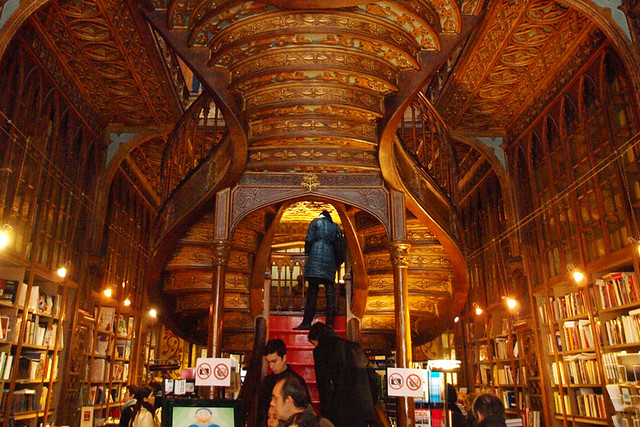
Porto, a hot September day in 2017. We walk along Rua das Carmelitas to revisit the bookstore we’d popped into six years previously. We want to look upon Livraria Lello & Irmão’s Olde Worlde beauty again, plus there’s a book about Portugal we’re keen to get hold off. Even if we hadn’t known exactly where it was we wouldn’t have needed to scour the signs above shop fronts to make sure we had the right place, there’s a queue of people waiting to get inside. Although the bookshop has just opened its doors the line stretches around the block. I’m willing to bet only a handful have any interest in the books inside.
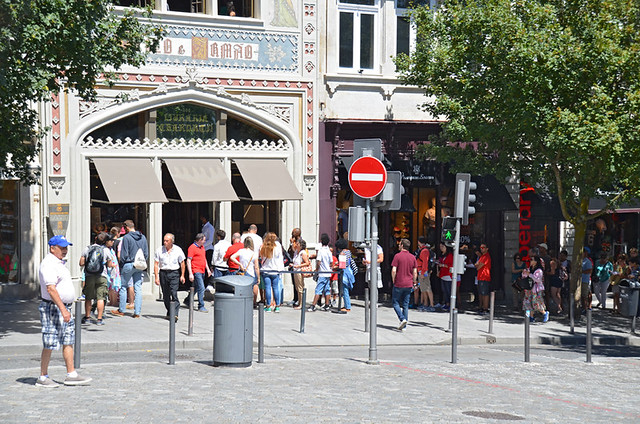
There’s no doubting the rise of social media, and the likes of Instagram especially, has been responsible for overcrowding at some ‘attractions’. Stylised images have brought their existence to the masses, just as glossy brochures, featuring over-processed photos of idyllic beaches, in High Street travel agents did a couple of decades ago.
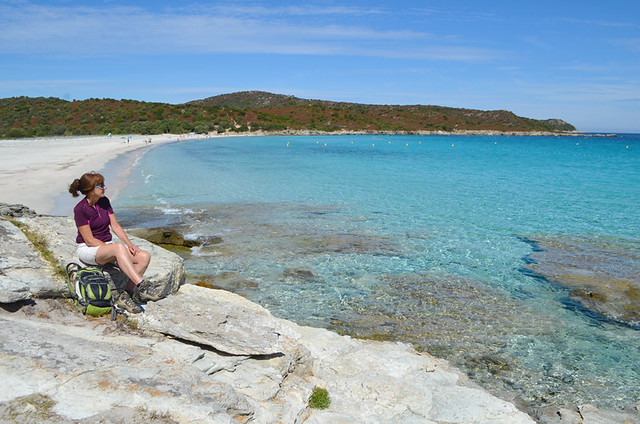
I’ve long been a drum-banger about how a good travel photo should make the person who looks at it want to be in the picture, to view the scene through their own eyes. But only as part of a bigger Slow Travel panorama which includes lots of other ingredients in the area the photo was taken. Never just as an item on a social media tick list – the 21st century equivalent of a tee-shirt with ‘I heart Cancun’ printed on it.

We dabble in Instagram because I like it, it’s fun. But it’s not an important social media tool to us because the areas we specialise in – hiking and dining – don’t necessarily match up with the majority of its users. Figures from Omnicore Agency in September 2018 show there are 1 billion users. 59% of these are between 18 and 29, and 33% between 30 and 49 (the figures decrease significantly when you move to the older end of the scale). That leaves 8% who are over 50. It’s a section of society who are being increasingly side-lined in regards to destination marketing, even though it’s a section which includes frequent travellers who have the highest spending power.
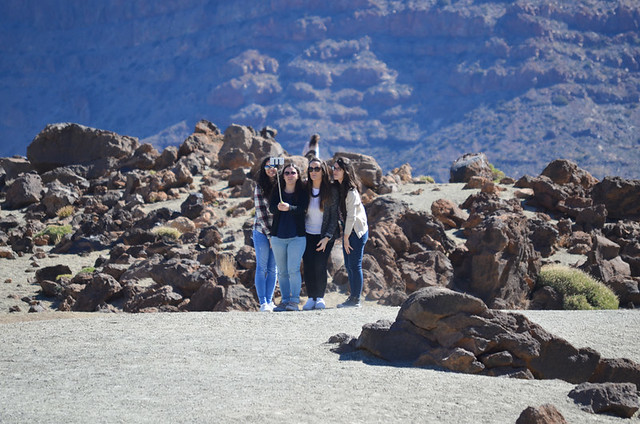
A headline in a paper recently claimed a significant number of younger travellers visited some locations solely to replicate photos they’d seen on Instagram. A survey carried out by an insurance firm in 2017 found 40.1% of the millennials they surveyed chose where to holiday based on its Instagrammability. As a result, there are some places where there are congested bottlenecks of people clambering for that essential Instagram capture. In Venice I waited my turn to photograph the Rialto Bridge. I was the only person who didn’t put myself in the frame when my window of opportunity came up. Research by a digital marketing company found that one of the most popular hashtags on Instagram is #me.
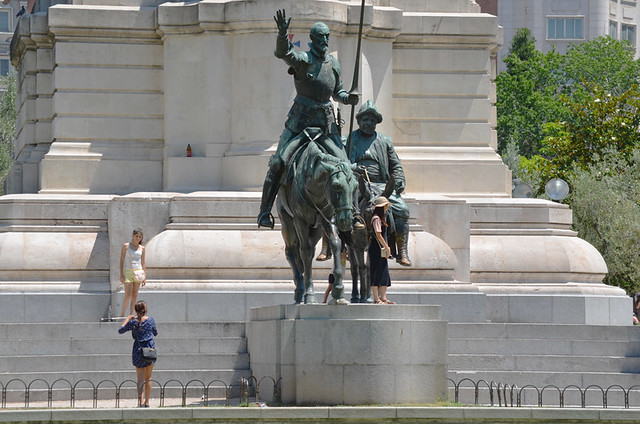
Taking holiday snaps of ourselves at attractions isn’t new. One travel writing friend argued it was no different from taking ‘selfie’ holiday snaps years ago, in order to bore friends and family when we returned home. We had loads of fun with pump-action selfies (you have to be really old to get that reference). In one way it isn’t, but in many others it is a completely different animal. Back in the day, people didn’t have a wardrobe of practised poses to put on, discarding dodgy images until they achieved the perfect shot. Maybe we might have if we didn’t have the expense of having to process scores of our efforts at Boots the Chemist in order to get one which made us look good. Anyway, often the worst shots were the best. These were the ones which made us laugh most. These differences lie at the root of one of the problems I have with some Instagram images – they’re manipulated ‘fun’, more fashion shoot than spontaneous nonsense. Another is the negative impact on locations. I like to think I visit places for the right reasons, because I have a real interest in them rather than viewing them simply as a photo op. A good photo is the bonus.
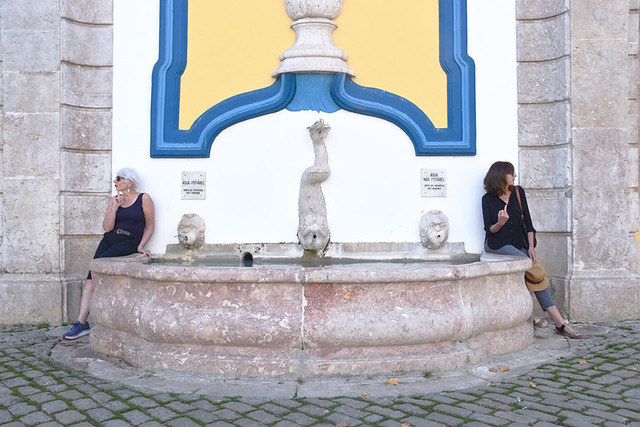
A couple of years ago there were a number of travel articles in mainstream press and blogs about the most Instagrammed/Instagrammable locations around the world. Jump forward and there’s evidence of a growing backlash. Now there are articles about locations which have been ‘ruined’ by Instagrammers; Santorini, Machu Picchu, Great Wall of China and so on. Instagram can draw people to a location for the wrong reasons.
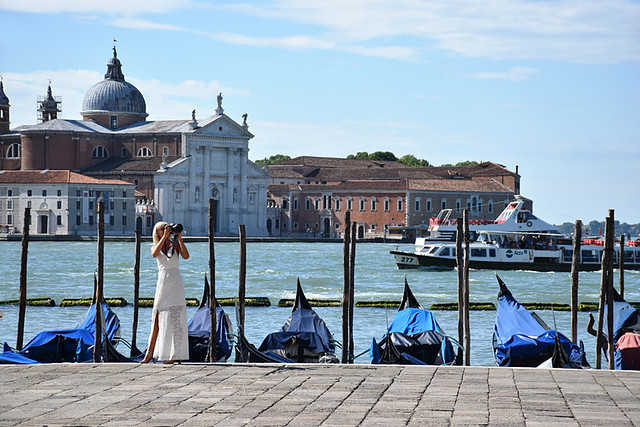
There is no denying the pulling power of the platform, but this can also be counter productive. Just like those mass tourism holiday destinations which boomed in the 80s and 90s, partly because of the efforts of travel agents directing customers to specific resorts, there are locations we wouldn’t visit because of over-saturation partly caused by the likes of people wanting to replicate Instagram photos. Places like Santorini, Cinque Terre, Petra. Places we now consider mass tourism hotspots.
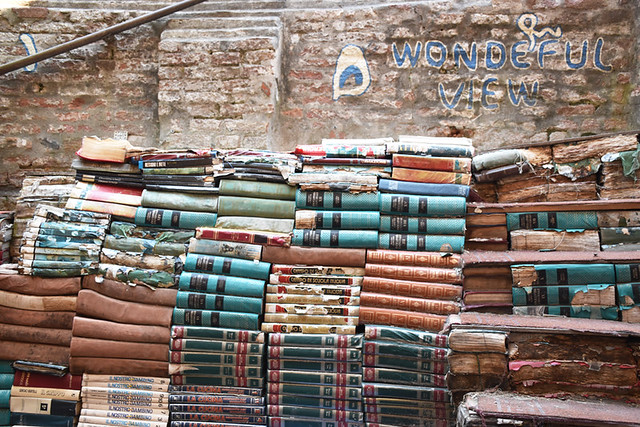
The flip side is that because a lot of people follow the herd, they leave the areas which haven’t been ‘discovered’ by Instagrammer travellers (and excursionists) crowd free. Even in the likes of Venice and Lisbon you don’t have to wander far to escape the hordes.

It’s one reason I’m sure the people in the queue at Livraria Lello & Irmão weren’t fellow book lovers. There are other bookshops in the city and there aren’t queues outside of them. In Lisbon there are a couple of crackers right on one of the main tourist drags. They are lovely literary labyrinths full of dusty treasures… but they have poor Instagrammability.
As a result, unlike Livraria Lello & Irmão in Porto, most visitors do a Dionne Warwick and walk on by.




Be the first to comment